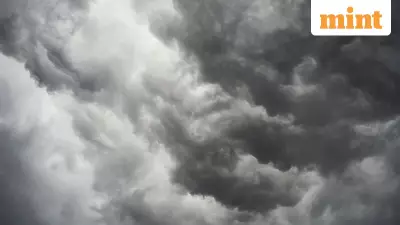
Former President Donald Trump's proposal to distribute $2,000 tariff dividend checks to American citizens would require approximately $450 billion in funding while delivering only modest improvements to economic growth and employment, according to a recent analysis.
The $450 Billion Price Tag
The Yale Budget Lab released findings indicating that distributing $2,000 checks to individuals earning under $100,000 would cost roughly $450 billion. This substantial amount would exceed more than a year's worth of tariff revenue collection, leaving no funds available for other purposes Trump has mentioned, including debt reduction or farmer relief programs.
For context, the government collected $195 billion in tariff revenue during fiscal year 2025 and is projected to gather approximately $420 billion in fiscal 2026. The proposed $450 billion expenditure would surpass both these figures significantly.
Trump's Tariff Dividend Promise
After months of hinting at the concept, Trump and his economic team have recently intensified their public discussions about these payments. The former president has been actively pressuring the Supreme Court to uphold his broader tariff program while promoting the dividend idea.
"We've taken in a lot of money from tariffs. The tariffs allow us to give a dividend," Trump stated last week during a public appearance. He mentioned that payments would arrive "sometime next year, during the year" though specific details remained unclear.
In a Truth Social post dated November 9, Trump declared that people opposing tariffs are "FOOLS" while celebrating America's economic position. He emphasized that the $2,000 payments would not go to "high income people" but would benefit everyone else.
Economic Impact and Timeline
The Yale analysis projects that the $2,000 checks would provide only a modest boost to the economy. Researchers estimate the payments would increase GDP by just 0.3 percentage points and raise employment by 0.15 percentage points in 2026, with these effects diminishing over time.
Despite concerns that another large stimulus similar to the Biden administration's payments could drive inflation, the study found minimal impact. Inflation would likely rise by less than 0.1 percentage points in coming years if the checks are distributed.
During an Oval Office meeting on Monday night, Trump clarified that checks could begin distribution in mid-2026. However, Treasury Secretary Scott Bessent noted that Congress would need to pass authorizing legislation, a step that remains uncertain given the political landscape.
The proposed timing would place payments in voters' hands just before the crucial 2026 midterm elections, amid growing affordability concerns that have created political challenges for Republican candidates nationwide.





